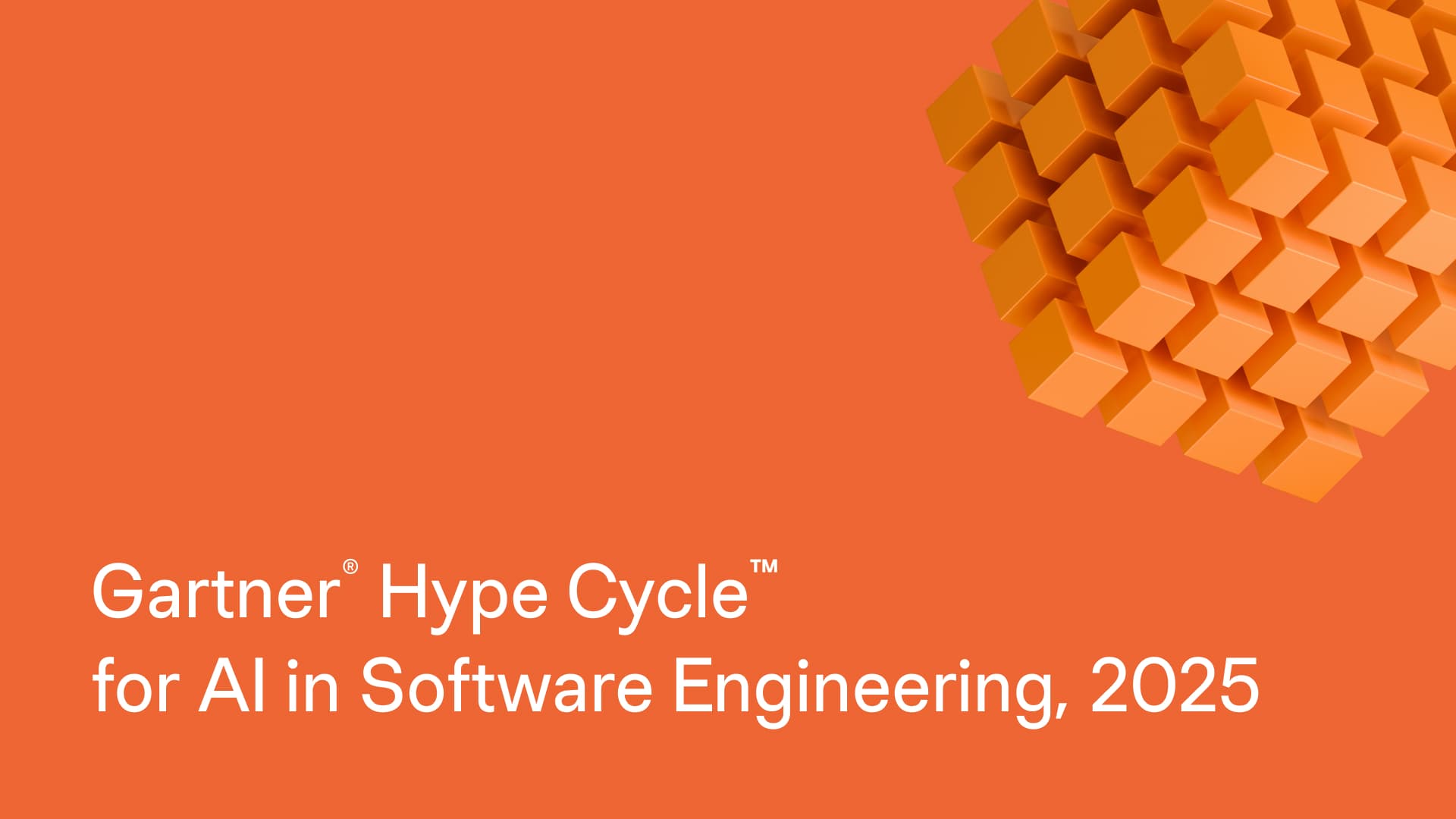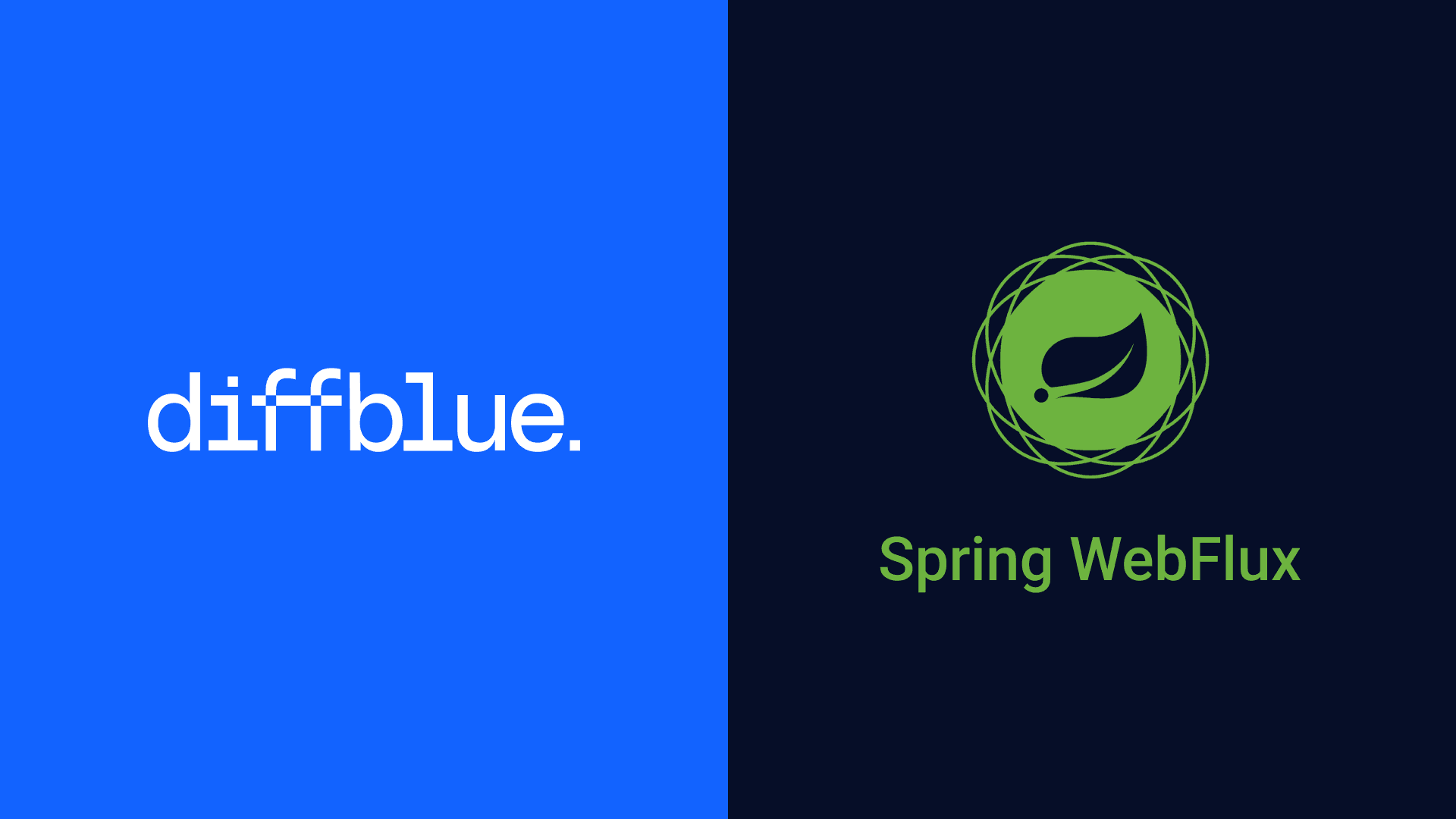Gartner recently published the Hype Cycle for AI in Software Engineering 2025, which evaluates 28 AI technologies transforming software development. AI-Augmented Testing has progressed to the Trough of Disillusionment, signaling a shift from hype to realistic implementation, exactly where serious enterprise adoption begins.
Want your copy of the report? Get it here.
We believe the new Gartner Hype Cycle for AI in Software Engineering 2025 provides a comprehensive overview of AI technologies that are transforming (or will transform) nearly every aspect of the SDLC – 28 of them, to be exact. The landscape reveals fascinating maturity patterns: while AI-Augmented Software Engineering remains at the Peak of Inflated Expectations, AI-Augmented Testing has transitioned into the Trough of Disillusionment—a critical phase where real value emerges from realistic expectations and hard-earned experience. Each of the 28 AI SDLC technologies is assessed on three dimensions…
- Benefit (low, moderate, high, transformational)
- Market penetration (% of target market using the technology), and
- Maturity (embryonic, emerging, adolescent, mature)
And the report provides a graphic representation of the maturity and adoption of technologies and applications, and how they are potentially relevant to solving real business problems and exploiting new opportunities.
AI-augmented testing is one of the 28 technologies covered in the report, positioned in what I consider the most interesting phase of the cycle. The report describes the business impact, drivers, and obstacles for the development of the market before making a handful of targeted recommendations, my favorite of which is:
“Start evaluating AI-augmented testing tools now to understand the current possibilities and limitations of these products. Build a roadmap to solve the development organization’s most pressing quality challenges.”
I found three things about Gartner observations on AI-augmented testing particularly striking:
First, its position in the Trough of Disillusionment, which I feel, is actually a positive signal for enterprise buyers. This phase represents the shift from inflated expectations to practical reality – where the technology’s true value becomes clear. With its “Adolescent” maturity status and forecast to reach the Plateau of Productivity in just 2–5 years, AI-augmented testing is precisely where smart organizations should be investing. The “High” Benefit Rating confirms this isn’t about diminished value, but rather about realistic understanding.
Second, despite AI-augmented testing’s maturity and movement through the hype cycle, its market penetration remains at only 5–20% of the target audience. This gap between maturity and adoption represents a massive opportunity. Organizations adopting now benefit from proven technology without the early-adopter risks, while still gaining a competitive advantage over the 80%+ who haven’t yet implemented these solutions.
Third, the report’s candid assessment of current limitations validates what we’ve been saying all along. Gartner notes:
“Currently available tools are still relatively new, have a narrow scope and still need to prove their value when used at scale. Large language model (LLM)-based generative AI (GenAI), in particular, exhibits hallucinations (content that is nonsensical or untruthful in relation to certain sources), a problem that will not go away completely because of their probabilistic nature. In addition, potential copyright violations and security issues remain risks associated with LLM-based AI technologies.”
The report adds another critical concern: “Risks, common to GenAI, are exacerbated when AI agents gain agency and handle more complex operations autonomously. Left unchecked, agents can execute processes that compromise the system, violate regulations or expose data to unauthorized parties.”
This realistic assessment perfectly aligns with Diffblue’s approach. While others chase the hype at the peak with LLM-based solutions, we’ve focused on building deterministic, reliable AI-augmented testing using reinforcement learning. This approach has proven popular with heavily regulated, security conscious customers like major banks, pharmas, and insurers who need auditability and predictability, not probabilistic outputs.
The contrast with AI-Augmented Software Engineering, currently at the Peak of Inflated Expectations with “Transformational” benefits promised, is telling. While that broader category faces the inevitable reality check ahead, AI-augmented testing has already gone through that crucible and emerged with clear, proven value propositions. This is where real work gets done, away from the hype.
The evolving vendor landscape reflects this maturation. New approaches continue to emerge, but the market increasingly values proven reliability over promises. As organizations move beyond pilot projects to production deployments, they’re choosing solutions that deliver consistent, auditable results—exactly what the post-trough phase demands.
To learn more, access your Gartner Hype Cycle for AI in Software Engineering 2025 with our compliments. And if you’re ready to follow Gartner recommendation about evaluating AI-augmented testing tools now, at the perfect moment when hype has settled but before mass adoption, Diffblue’s free two-week trial would be my suggestion. Get it here.
Gartner, Hype Cycle for AI in Software Engineering, 2025, By Adrian Leow, Haritha Khandabattu, 17 June 2025
GARTNER is a registered trademark and service mark of Gartner, Inc. and/or its affiliates in the U.S. and internationally, HYPE
CYCLE is a registered trademark of Gartner, Inc. and/or its affiliates and is used herein with permission. All rights reserved.
Gartner does not endorse any vendor, product or service depicted in its research publications and does not advise technology
users to select only those vendors with the highest ratings or other designation. Gartner research publications consist of the
opinions of Gartner’s Research & Advisory organization and should not be construed as statements of fact. Gartner disclaims
all warranties, expressed or implied, with respect to this research, including any warranties of merchantability or fitness for a
particular purpose.








